Complete Guide to $400K+ Vendor Replacement Savings

Did you know that regional businesses can cut up to 40 percent of their vendor expenses just by rethinking how they use outside services? For companies spending $50,000 to $150,000 a month on agencies and consultants, these savings mean hundreds of thousands back in the budget. Replacing costly vendors with smarter internal solutions not only reduces costs but also strengthens your team’s long-term capabilities.
Table of Contents
- What Is Vendor Replacement Savings?
- Common Vendor Categories and Costs
- The Full Vendor Replacement Process Explained
- Key Savings Drivers and Cost Breakdown
- Risks, Pitfalls, and How to Avoid Them
- Building Culture-First, Dependency-Free Teams
Key Takeaways
| Point | Details |
|---|---|
| Vendor Replacement Savings | Businesses can achieve 30-40% cost reductions by replacing external vendors with internal capabilities. |
| Targeted Cost Reduction | Analyzing vendor categories enables companies to save $200K-$500K annually by optimizing spending. |
| Risk Mitigation | A structured vendor replacement process minimizes operational risks and hidden costs during transitions. |
| Cultural Transformation | Empowering internal teams fosters a culture that supports sustainability and reduces dependency on external vendors. |
What Is Vendor Replacement Savings?
Vendor replacement savings represent the strategic financial benefit businesses achieve by systematically replacing external vendors with more cost-effective internal capabilities or alternative service providers. According to research from IBM insights on procurement strategies, these savings can dramatically reduce operational expenses while improving organizational efficiency.
At its core, vendor replacement savings involve identifying current external spending and discovering opportunities to either eliminate, streamline, or optimize those expenditures. For regional businesses spending $50K-$150K monthly on agencies and consultants, this approach can unlock substantial cost reductions ranging from 30-40% across multiple business functions. Our vendor replacement framework helps businesses methodically target these savings opportunities.
Typical vendor replacement savings opportunities emerge across several critical business domains:
- Marketing agencies and creative services
- Technology implementation partners
- Growth and strategy consultants
- Fractional executive roles
- Operations and process improvement vendors
By systematically analyzing these external spend categories, businesses can transform expensive vendor dependencies into internal capabilities powered by strategic AI enablement. The result? Significant annual savings between $200K-$500K while building more resilient, self-sufficient organizational infrastructure.
Common Vendor Categories and Costs
According to research from supplier management experts, businesses typically encounter several critical vendor categories that represent significant operational spending. These categories range from technology services to creative and strategic support, each presenting unique opportunities for cost optimization.
For regional businesses spending $50K-$150K monthly on external services, the most common and expensive vendor categories include:

Here’s a summary of common vendor categories and typical monthly costs:
| Vendor Category | Example Services | Typical Monthly Cost |
|---|---|---|
| Marketing Agencies | Digital marketing Creative services Social media management |
$15,000 - $40,000 |
| Technology Partners | Implementation Software development IT support |
$10,000 - $35,000 |
| Growth Consultants | Strategic planning Business development Market research |
$8,000 - $25,000 |
| Fractional Leadership | Interim CMO CTO CFO |
$7,000 - $20,000 |
| Operations Specialists | Process improvement Workflow optimization |
$5,000 - $15,000 |
- Marketing Agencies: Digital marketing, creative services, social media management
- Technology Partners: Implementation, software development, IT support
- Growth Consultants: Strategic planning, business development, market research
- Fractional Leadership: Interim executives (CMO, CTO, CFO)
- Operations Specialists: Process improvement, workflow optimization
Understanding these vendor categories is crucial for developing a comprehensive vendor replacement framework that systematically identifies cost-saving opportunities. By meticulously analyzing each vendor relationship, businesses can transform external dependencies into internal capabilities, potentially reducing total vendor spend by 30-40% annually and generating $200K-$500K in sustainable savings.
The Full Vendor Replacement Process Explained
According to vendor management experts, the vendor replacement process is a strategic approach to systematically analyze and optimize external spending across critical business functions. For regional businesses spending $50K-$150K monthly on agencies and consultants, this process involves a methodical breakdown of existing vendor relationships and potential internal capabilities.
The comprehensive vendor replacement process typically unfolds through several critical stages:
- Comprehensive Vendor Audit: Detailed mapping of all current external vendor spending
- Cost-Benefit Analysis: Evaluating the financial and operational impact of each vendor relationship
- Capability Assessment: Determining internal team potential for replacing external services
- Strategic Replacement Planning: Developing a phased approach to transition work in-house
- AI-Enabled Capability Building: Leveraging technology to empower internal teams
Navigating this process requires a strategic vendor replacement framework that goes beyond simple cost-cutting. The goal is transforming expensive external dependencies into robust internal capabilities, with potential annual savings ranging from $200K-$500K and cost reductions of 30-40% across multiple business functions. By systematically breaking down vendor relationships, businesses can reclaim control, reduce ongoing expenses, and build more resilient organizational infrastructure.
Key Savings Drivers and Cost Breakdown
According to procurement cost reduction experts, cost reduction in vendor relationships directly impacts a business’s bottom line by lowering expenses and improving operational efficiency. For regional businesses spending $50K-$150K monthly on external services, identifying key savings drivers becomes crucial to transforming vendor dependencies into strategic opportunities.
The primary savings drivers in vendor replacement can be categorized into several critical areas:
- Non-Conformance Cost Reduction: Eliminating expenses related to rework, quality issues, and operational inefficiencies
- Direct Expense Optimization: Cutting monthly agency and consultant spending
- Internal Capability Development: Building team skills to replace external vendor services
- Technology Efficiency: Leveraging AI to streamline previously outsourced functions
- Operational Redundancy Elimination: Removing overlapping and unnecessary vendor contracts
Navigating these savings requires a strategic approach. Our quick-win approach to in-housing functions helps businesses systematically target vendor categories with the highest potential for cost reduction. By methodically breaking down external spending, businesses can potentially generate $200K-$500K in annual savings, achieving 30-40% cost reductions across multiple business functions while building more resilient, self-sufficient organizational capabilities.
Risks, Pitfalls, and How to Avoid Them
According to procurement research, pursuing vendor replacement without careful strategy can lead to significant operational risks including quality degradation, unexpected overhead expenses, and potential production disruptions. For regional businesses spending $50K-$150K monthly on external services, understanding these risks becomes crucial to maintaining operational excellence during transformation.
The most critical risks in vendor replacement include:
- Quality Consistency Challenges: Ensuring internal teams match external vendor performance
- Skill Gap Potential: Managing knowledge transfer and capability development
- Technological Integration Complexities: Seamlessly replacing vendor-provided systems
- Operational Continuity Risks: Preventing service interruptions during transition
- Hidden Transition Costs: Managing unexpected expenses during replacement process
Our vendor replacement framework helps businesses systematically mitigate these risks by implementing a phased, strategic approach. By carefully mapping existing vendor relationships, assessing internal capabilities, and creating a structured transition plan, businesses can minimize disruption while targeting $200K-$500K in potential annual savings. The key is a measured, methodical approach that prioritizes organizational capability over rapid, potentially destabilizing changes.
Building Culture-First, Dependency-Free Teams
According to strategic vendor management research, building dependency-free teams requires more than just replacing external suppliers—it demands a fundamental shift in organizational culture and capability. For regional businesses spending $50K-$150K monthly on external services, this transformation means empowering internal teams to own their strategic and operational functions.
The key elements of creating a culture-first, dependency-free team environment include:
- Performance Accountability: Establishing clear internal metrics that match or exceed vendor standards
- Continuous Learning: Investing in skill development and knowledge transfer
- Strategic Capability Building: Developing internal expertise across critical business functions
- Technology Enablement: Leveraging AI and tools to amplify team capabilities
- Ownership Mindset: Encouraging teams to take strategic responsibility for their work
Our vendor replacement framework helps businesses systematically transform team culture by providing structured approaches to capability development. By focusing on internal potential rather than external dependencies, businesses can generate $200K-$500K in annual savings while creating more resilient, adaptable organizational infrastructure that turns vendor replacement into a competitive advantage.
Cut Your Vendor Costs by Up to $600K and Take Back Control
If your business is spending between $50K and $150K every month on agencies, consultants, and fractional executives across marketing, technology, and operations, you are likely leaving thousands of dollars on the table. This article shows how vendor replacement savings as high as $400K and beyond are possible by breaking free from vendor dependencies and bringing critical work back in-house. You didn’t start your company to manage vendors or wrestling with technology that distracts from your core passion. Instead, you want to empower your internal teams to own the work and cut total outsourcing costs by 30 to 40 percent.
At Average Robot, we specialize in helping $40-$75 million revenue regional businesses exactly like yours. Whether it’s replacing marketing agencies, growth consultants, technology implementation partners, or fractional executives, our proven four-step vendor replacement strategy drives $200K to $500K in annual savings while building resilient, AI-enabled internal capabilities. We understand your frustration with costly outsourcing and the need for practical independent solutions that work in Midwest and Southeast markets. Explore how to break vendor dependencies and reclaim your team’s potential with our Vendor Dependency Assessment and discover the path to reduce outsourcing costs, improve margins, and in-house what you outsource.
Ready to stop overpaying and start owning your business operations Let us help you map your current vendor spend, identify quick replacement wins, and create a clear strategic plan tailored for your business. Visit Average Robot now to schedule your free assessment and take the first step toward cutting $150K to $300K or more in annual costs while empowering your team with AI as an invisible infrastructure. The time to break free from the dependency trap is now.
Frequently Asked Questions
What are vendor replacement savings?
Vendor replacement savings refer to the financial benefits businesses achieve by replacing external vendors with more cost-effective internal capabilities or alternative service providers, often resulting in reduced operational expenses and improved efficiency.
How can a business identify vendor replacement savings opportunities?
A business can identify vendor replacement savings opportunities by conducting a comprehensive audit of current external spending, analyzing cost-benefit ratios, assessing internal capabilities, and exploring potential for optimizing expenditures across various vendor categories.
What are the most common vendor categories to analyze for cost savings?
Common vendor categories that businesses should analyze for potential cost savings include marketing agencies, technology partners, growth consultants, fractional leadership roles, and operations specialists, each presenting distinct opportunities for optimization.
What risks are associated with the vendor replacement process?
Risks associated with the vendor replacement process include challenges in maintaining quality consistency, potential skill gaps, complexities in technological integration, continuity risks during transitions, and hidden transition costs that can arise unexpectedly.




